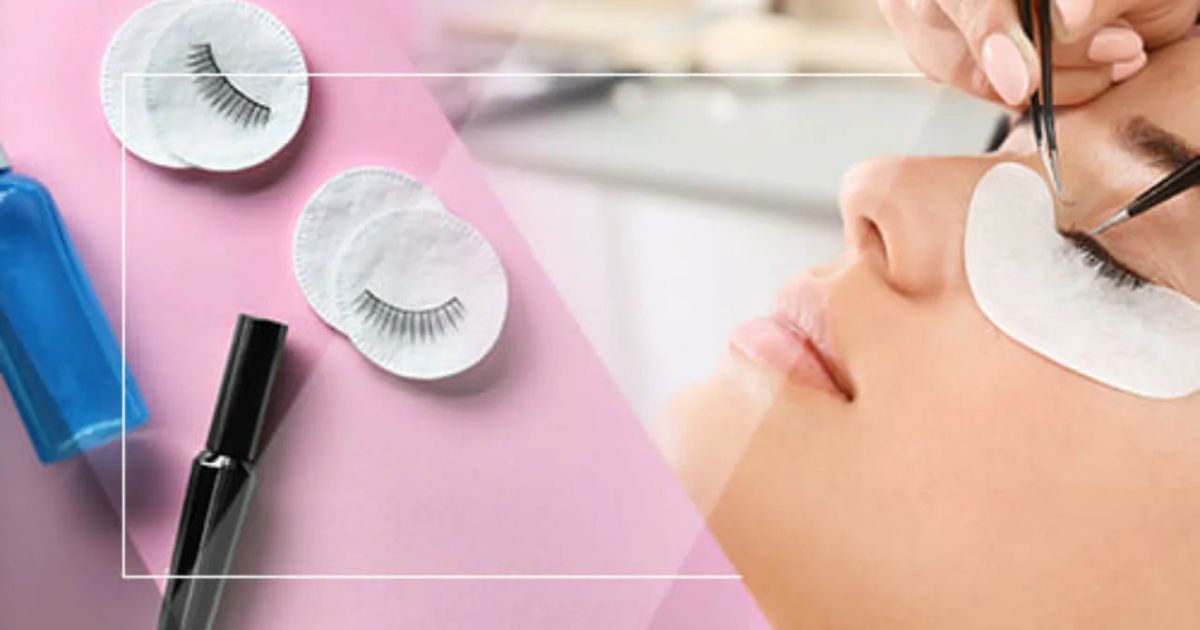Welcome to our comprehensive guide on lash extensions removal! If you’ve ever considered getting lash extensions or currently have them, you may wonder about the removal process. In this article, we’ll delve deep into the various aspects of lash extensions removal, from techniques to aftercare tips. By the end, you’ll be equipped with the knowledge to navigate this process with ease.
Understanding Lash Extensions
Before we dive into removal, let’s first understand what lash extensions are. Lash extensions are synthetic or natural fibers that are attached to your natural lashes using adhesive. They enhance the length, curl, and fullness of your lashes, giving you a glamorous look.
Key Points:
- Lash extensions come in various lengths, curls, and materials such as silk, mink, or synthetic.
- The application process involves isolating each natural lash and attaching a single extension to it.
Reasons for Lash Extensions Removal
While lash extensions can enhance your beauty, there are times when you may need or want to remove them. Here are some common reasons for lash extensions removal:
- Natural Lash Shedding: As your natural lashes shed, the extensions will fall out with them, prompting the need for removal.
- Allergic Reactions: Some individuals may develop allergies to the adhesive or materials used in lash extensions, necessitating removal.
- Maintenance Concerns: If you find it challenging to maintain or care for your lash extensions, removal may be the best option.
- Change of Style: If you want to switch up your look or take a break from lash extensions, removal becomes necessary.
Techniques for Lash Extensions Removal
Now, let’s explore the various techniques used for lash extensions removal. While it’s possible to remove lash extensions at home, we recommend seeking professional help to minimize the risk of damage to your natural lashes. Here are some common removal techniques:
- Professional Removal: A trained lash technician will use a specialized adhesive remover to dissolve the bond between the extensions and your natural lashes.
- Steam and Oil Method: This DIY method involves steaming your face to loosen the adhesive, followed by gently massaging oil onto the lashes to encourage the extensions to slide off.
- Gel Remover: Gel removers are formulated specifically for lash extensions removal and work by breaking down the adhesive bond without damaging your natural lashes.
Aftercare Tips Post-Removal
After removing your lash extensions, it’s essential to take care of your natural lashes to ensure they remain healthy and strong. Here are some aftercare tips to follow:
- Avoid Rubbing Your Eyes: Rubbing your eyes can cause damage to your natural lashes, so resist the urge to touch or rub them.
- Use a Lash Serum: Invest in a nourishing lash serum to promote lash growth and strength.
- Be Gentle with Mascara: If you choose to wear mascara after removal, opt for a gentle, non-clumping formula and avoid waterproof mascara, which can be difficult to remove.
Common Questions About Lash Extensions Removal
Does lash extensions removal hurt?
When done correctly by a professional, lash extensions removal should not be painful. You may feel some slight discomfort or tingling, but it should not be painful.
How long does lash extensions removal take?
The duration of removal depends on the method used and the number of extensions applied. On average, it takes about 30 to 60 minutes for professional removal.
Can I reuse lash extensions after removal?
It’s not recommended to reuse lash extensions after removal, as they may be damaged or contaminated.
Conclusion
Understanding the process of lash extensions removal is essential for anyone considering getting them or currently wearing them. By following the techniques and aftercare tips outlined in this article, you can ensure a smooth and safe removal process while maintaining the health of your natural lashes. If you have any further questions or concerns, don’t hesitate to consult with a professional lash technician. Thank you for reading, and we wish you luck on your lash journey!











